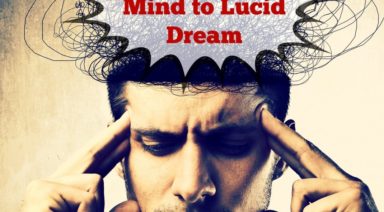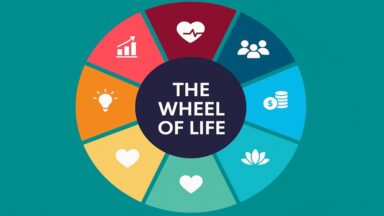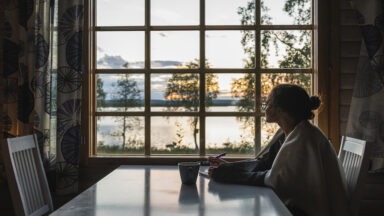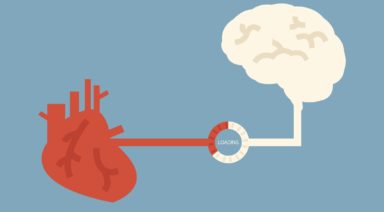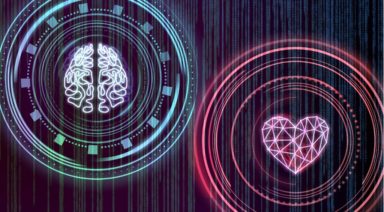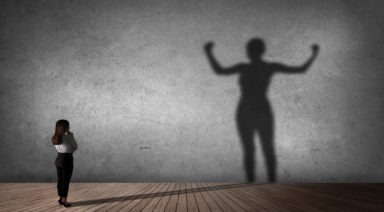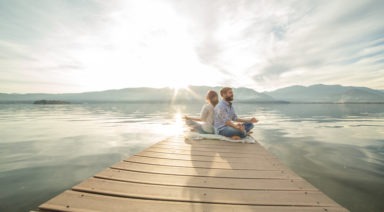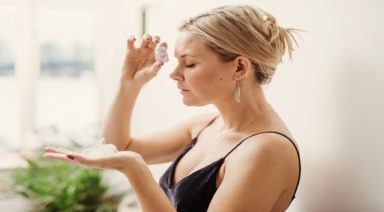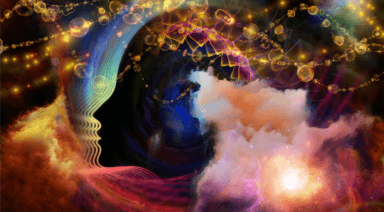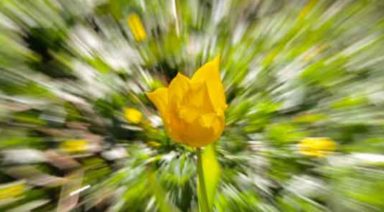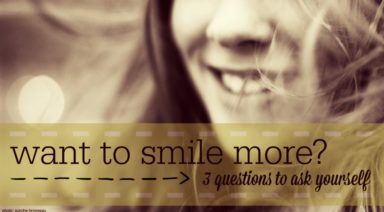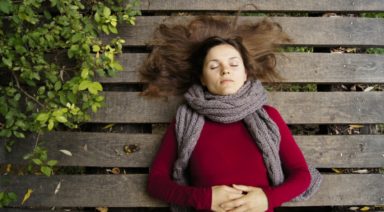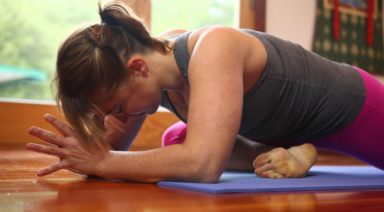4 Natural Ways to Get a Good Night’s Sleep
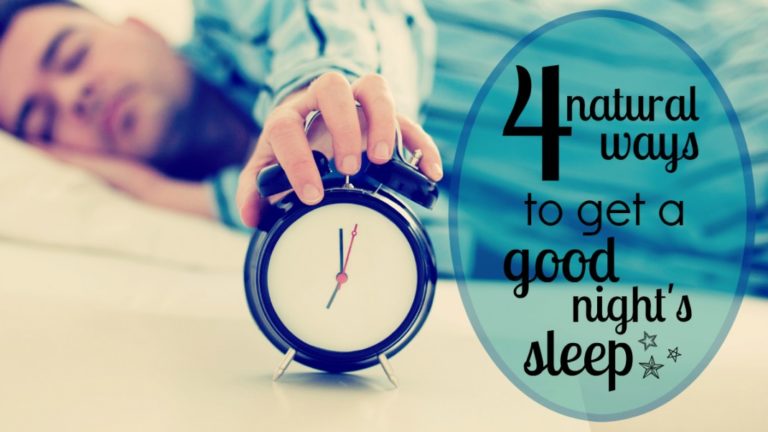
Each year, roughly 60 million Americans are affected by a sleep disorder. Scientists haven’t come to an agreement on the best ways to treat this epidemic: prescription medications, melatonin, warm milk, a warm bath, a cool room, background noise or whatever you may have tried, insomnia is a tough nut to crack.
There are three distinct categories of insomnia: onset, maintenance and termination. People with onset have a hard time falling sleep. People with maintenance awaken frequently throughout the night. And people with termination wake early and cannot get back to sleep. It is possible to have more than one of the three types.
So why do we even need sleep? There are many theories as to why we need sleep, but no definitive answers as of yet.
Inactivity, energy conservation, and restorative theories all try to explain why we need sleep. Although we can’t explain why, we do know that without sleep, an individual is unable to function. Therefore, it would appear that sleep is a sort of sustenance or nourishment that supports our life function.
If we consider sleep nourishment for the body-mind, are there nutrients we can give to the body-mind to bring on sleep? Scientists have discovered that calcium and manganese are minerals that help the body-mind to maintain sleep, and a lack of either of these minerals seems to be a possible cause of insomnia.
Further, it appears that anxiety, depression and shallow breathing affect our sleep cycles. What we need are natural methods for inducing a natural state of sleep.
As an herbalist and naturopathic doctor, I always use chamomile to help my clients relax. Chamomile is an herb that contains calcium and magnesium, as well as other nutrients and volatile oils. Chamomile contains a bioflavonoid compound, apigenin, which has been found to reduce anxiety and acts as a mild sedative.
As an aromatherapist I recommend using this volatile essential oil. It doesn’t cure insomnia, but it does help to counteract the symptoms. Using the oil, we breathe in the scent through our olfactory system, which is part of the limbic system. The limbic system is the primitive part of the brain located near the brain stem, and is where all our basic functions take place.
It is here that the hypothalamus regulates our hunger, thirst, sexual behavior, body heat, and our sleep and wake cycles. When we breathe in volatile oils through the nose, we are moving the essential elements of the oil through to the most direct passageway to the brain, affecting the response of the hypothalamus. This is how aromatherapy works.
Now scientists tell us that yoga, breathing and meditation are great tools to help us deal with the symptoms of insomnia. When we are anxious and stressed our breath tends to be shallow. This further causes tension throughout the body-mind. Deep, concentrated breathing can help to break this cycle.
Along with breathing, posture is important. When we are stressed and anxious, we tend to slouch. Slouching compresses the diaphragm, resulting in shallow breathing and tension through the neck and back muscles.
So, if we start by having a cup of chamomile tea and then add aromatherapy, breathing and a simple yoga pose, we might just have four great natural methods for reaching a state of relaxation. And it just may lead to a good night’s sleep.
Here is an easy yoga approach to relaxation while adding a little aromatherapy. Start by enjoying a cup of chamomile tea. Next put a few drops of chamomile essential oil on a tissue. (Chamomile oil can be bought at any health food store.) Sit cross-legged on the floor in easy pose or in a chair with your spine straight and your hands resting in your lap, left palm up and your right hand resting on top of the left palm, making a cup. The tissue is placed into the open palm of your right hand. Close your eyes and begin to breathe deeply. Sit quietly and breathe for about five minutes.
The chamomile tea will deliver relaxing nutrients to the body, the chamomile oil will regulate the sleep cycle in your brain and the deep breathing and yoga pose will relieve your stress, and then welcome the quiet nature of your soul toward a good night’s sleep.
Sweet dreams!
What Are Precognitive Dreams and How to Identify Them

Premonitory dreams, also known as precognitive dreams, are experiences in which information is accessed about events that have not yet occurred. Throughout history, many people have reported detailed dreams that later manifested with surprising accuracy in real life. In this article, we explore what these dreams are, their main characteristics, and how to recognize them when they appear.
Table of Contents
- What Are Precognitive Dreams?
- How to Know If You Had a Precognitive Dreams
- Well-Known Examples of Precognitive Dreams
- Why Do Precognitive Dreams Occur?
- Dreaming as a Spiritual Tool
- What to Do If You Feel a Dream Is a Premonition
- Is It Possible to Develop the Ability to Have Precognitive Dreams?
What Are Precognitive Dreams?
Premonitory dreams are dream experiences in which the dreamer accesses real information about future events. They are not symbolic interpretations of the unconscious but direct perceptions of situations that have not yet happened in the physical plane but are later confirmed.
These dreams can appear spontaneously or during key moments in the dreamer’s life. Although it is not always easy to distinguish them from other types of dreams, they possess specific characteristics that make them recognizable.
Below are the most common traits of precognitive dreams:
- Connection with the future: They reveal events that have not yet happened. The person receives this information while sleeping, without any prior signs in daily life.
- Precise details: They can include names, places, colors, objects, or dates. These details appear clearly and are verified later.
- Emotional intensity: They are experienced with a higher emotional charge than other dreams. Upon waking, it is common to feel impact, unease, or urgency.
- High recall: They are not easily forgotten. They remain vivid in memory for days, months, or even years.
- Subsequent confirmation: The events dreamed of come true with accuracy or with strong symbolic correlation, reinforcing the dream’s credibility.
How to Know If You Had a Precognitive Dreams
One of the clearest indicators of a premonitory dream is its persistence over time. While most dreams are quickly forgotten upon waking, precognitive dreams remain imprinted with remarkable clarity. Memory retains not only images but also dialogue, sounds, and sensations, with a vividness that stands out.
It is also common that these dreams are experienced with a particular emotional intensity. The dreamer often wakes up with a sense of unease, wonder, or urgency, as if the content carries a meaning that cannot be ignored. This emotional charge is not always tied to the content itself but to the feeling that the dream conveys a real and direct message.
Another feature that helps recognize a premonitory dream is the sensation of lucidity during the dream. Although the person may not be aware of dreaming, they perceive what happens with unusual clarity: colors are more vivid, sounds sharper, and scenes more coherent than in ordinary dreams. This intense sensory quality is often accompanied by the feeling of witnessing something real—as if the dream were a direct experience rather than a mental construction.
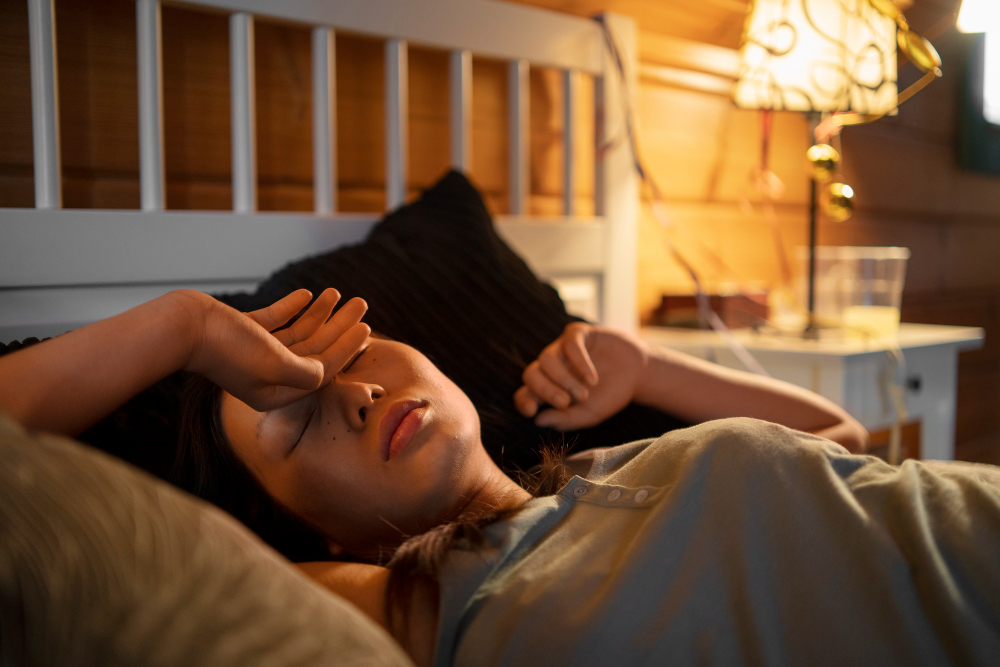
Well-Known Examples of Precognitive Dreams
Throughout history, there have been numerous documented cases of dreams that clearly anticipated important events. These accounts come not only from anonymous individuals but also from public figures whose experiences have been widely recorded. Below are five significant examples that illustrate how dreams can accurately foresee reality:
- The assassination of Abraham Lincoln: Lincoln himself reported having dreamed of his death days before he was killed. In the dream, he saw a funeral at the White House and a soldier saying that the president had died.
- The Titanic tragedy: Several people dreamed of the sinking before boarding and decided not to travel. Their testimonies were collected after the disaster, strengthening the idea of a dreamlike warning.
- The September 11 attacks: Some individuals reported dreaming of airplanes crashing into buildings in the days leading up to the attack. These accounts were later investigated by psychologists and parapsychologists.
- Mark Twain’s dream about his brother: Twain dreamed that his brother Henry lay in a metal coffin with a bouquet of white flowers on his chest. Days later, Henry died in an accident and was buried exactly as in the dream; Twain himself recounted this in detail in his autobiography.
- The Aberfan disaster: A ten-year-old girl dreamed of a mudslide covering her school in Wales. The next day, the disaster occurred, killing more than 100 children, including her.
Why Do Precognitive Dreams Occur?
Premonitory dreams occur because consciousness is not limited to the linear time we experience in the waking state. While we sleep, the brain enters a state in which it can access information beyond the rational or immediate. In that realm, time functions differently, allowing some future events to manifest symbolically or literally during the dream.
From a spiritual perspective, these dreams are a form of communication between different levels of consciousness. The higher self, intuition, or even external sources of guidance can send important messages during sleep. This information is not always clear at first but becomes understandable over time or once it comes to pass.
It is also believed that premonitory dreams are activated during moments of high psychic or emotional sensitivity. When a person goes through a stage of spiritual openness or a critical life situation, their perception tends to expand. In that state, the mind becomes receptive to impressions of the future that might otherwise go unnoticed.
Dreaming as a Spiritual Tool
From a spiritual perspective, dreaming is not just a passive mental activity but a way to access deeper levels of consciousness. During sleep, the rational mind quiets, creating a space where insights, revelations, and messages can emerge—ones that don’t appear in the waking state. This dream realm functions as a bridge between the physical world and subtler dimensions of being.
Lucid dreams, in particular, allow conscious interaction with that inner space. This practice can be used to connect with inner wisdom, explore unresolved issues, or receive guidance from higher planes. By learning to navigate these dreams actively, it’s possible to transform the dream into an experience of growth, healing, and self-discovery.
In the series Mystery Teachings, available on Gaia, Theresa Bullard delves into how dreams can become a powerful spiritual practice. In its third season, she teaches concrete methods to increase dream lucidity, establish contact with the higher self, and use dreaming as a space for inner transformation.
What to Do If You Feel a Dream Is a Premonition
When a dream feels too vivid, intense, or significant to be a coincidence, it’s important to pay attention to it. The first recommended action is to write it down in detail as soon as you wake up. Recording names, emotions, colors, places, and any symbols can help you interpret it more clearly and recognize patterns if you experience something similar again.
After writing it down, taking a moment to reflect on the content is also key. Ask yourself if the dream carries a message for you or if it relates to something you might need to know. In many cases, the simple act of observing it with intention already opens the possibility of understanding it beyond the rational mind.
Additionally, it can be helpful to share the dream with someone you trust or with experience in the dream world. Speaking it aloud may help clarify sensations or ideas you hadn’t noticed before. Taking your dreams seriously is a way to sharpen your sensitivity and strengthen your connection with the intuitive realm.
Is It Possible to Develop the Ability to Have Precognitive Dreams?
Yes, it is. Just as dream recall or lucid dreaming can be trained through practice, the sensitivity to perceive future information in dreams can also be developed. To do this, it’s essential to cultivate a receptive attitude, keep a consistent dream journal, and strengthen the connection with your intuition.
Keeping a dream diary helps not only to remember what we dream but also to detect recurring signs or symbols that hold personal meaning. This daily practice reinforces the bond with the dream world and can make certain premonitory dreams stand out due to their clarity or emotional charge.
It’s also useful to incorporate practices such as meditation, introspection, and working with intention before sleeping. By setting a clear purpose—such as receiving guidance or relevant information—you create a mental framework that facilitates the emergence of these types of dreams. With time and consistency, this ability can develop and become an active part of a conscious spiritual life.






